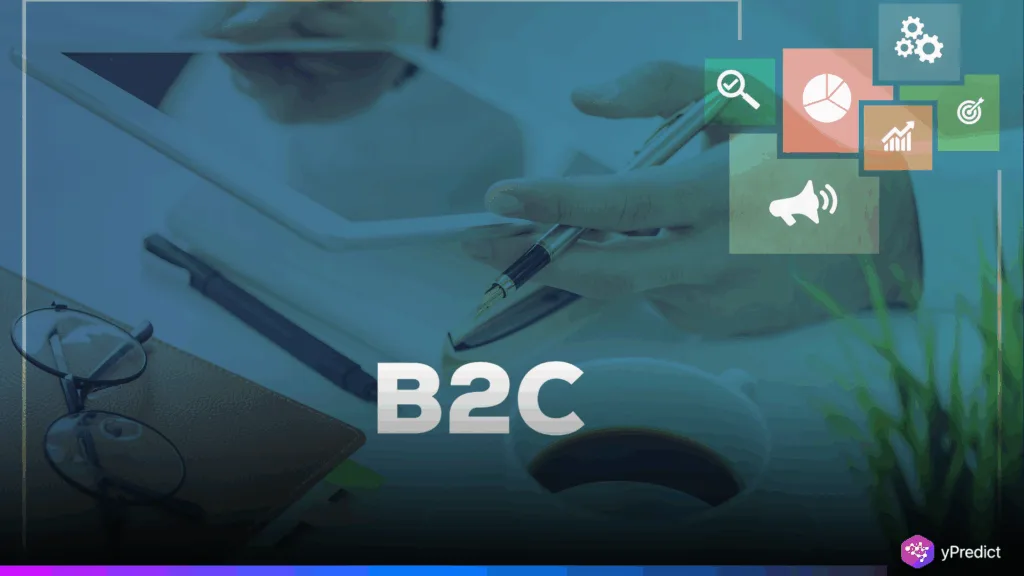
Artificial intelligence has taken over the world of tech and discourse, and most remain unconvinced. Humans still prefer human interaction, especially in complicated services like travel plans, medical advice, and real estate. Startups in B2C markets experience a certain disconnect, in spite of B2B enthusiasm; however, users tend to shun AI-powered tools not based on functionality, but on the grounds of empathy or quality. Where investors are driving the assimilation of AI, the consumer are focused on the outcomes.
When AI Enhances Value But Consumers Remain Skeptical
Whereas AI is supposed to bring about efficiency and automation. Consumers may usually respond on the basis of the nature of the task. When it comes to more complicated interactions, e.g., medical consultations or bill-related disputes, studies indicate more than 70 percent of users will prefer human agents. Humans are synonymous with human trust and a more subtle approach to procuring solutions to problems, and chatbots are mostly looked at as non-interpersonal or inadequate. By contrast, on more mundane activities such as flight reservation or inquiry into order status, AI interfaces become more accepted, with as many as 60 percent of users finding them more convenient.
This gap indicates that the success of AI does not rest on the novelty of technology but more so on its delivery. Customers accept AI in cases of standout benefits, expediency, dependability, and convenience, and when it does not attract any attention. When the startups position AI specifically, they are more likely to be rejected; however, when the focus is on the outcome, such as instant itinerary planning or quick support 24/7, it will be more productive. The integration of AI should therefore be aimed at serving designer-centered design and not the technological trick.
Strategic Contrast Between Business and Consumer Adoption Dynamics
In the enterprise (B2B) world, AI adoption is driven by clear ROI; automation reduces labor costs, speeds operations, and boosts scalability. A majority of organizations now deploy AI tools, with executives viewing them as essential for competitive advantage. Investors reinforce this trend, often pressuring startups to include AI in their pitch decks, regardless of whether customers demand it. For startups’ fundraising, AI is nearly a prerequisite, regardless of real consumer interest.
In contrast, consumer markets remain skeptical. Users care about brand trust, usability, and emotional connection over technical prowess. This divergence drives a strategic paradox: startups must cleverly tailor messaging for different audiences. For investors, the focus is disruption and scalability: “We’re an AI-first travel platform.” For users, it must be simplicity and reliability: “Plan your trip instantly, anytime.” Failing to align these messages risks alienating both groups; investors see half‑baked AI, and consumers see cold automation.
Startups that master dual positioning succeed. Gen AI’s promise shouldn’t overshadow consumer values: empathy, clarity, and service quality. When internal innovation stories are isolated and branding remains external, the companies will meet the demands of investors, but they will not alienate the consumers. Long term, as consumers get used to seamless AI, the transparency regarding its use could wear away just like how users became unconcerned about the processor speed of hardware when buying it.
Conclusion: Emphasizing Outcome Over Technology in Consumer AI Strategy
Consumer skepticism toward AI highlights a central truth: people don’t buy technology; they buy better experiences. AI’s value lies in what it delivers: speed, convenience, and reliability, not in the algorithms themselves. For AI to prosper in B2C, it must be presented as invisible help, not visible tech. Startups must balance investor-driven hype with consumer trust. By focusing on outcomes instead of AI branding, they can deliver tools that people use and enjoy. Over time, as AI becomes part of the background of digital life, acceptance may shift. But for today, success hinges on whether the technology feels human, not just high-tech.






